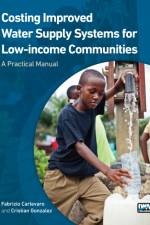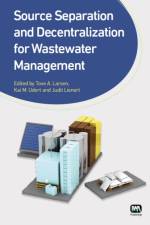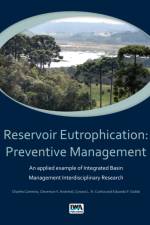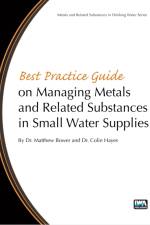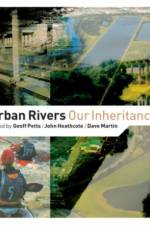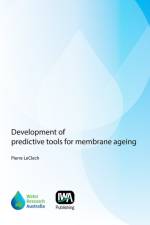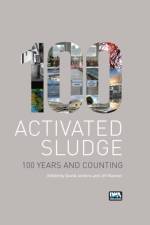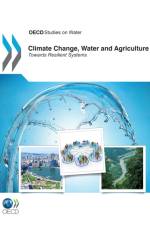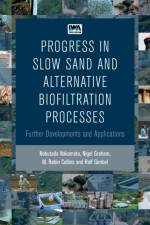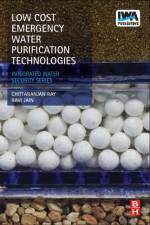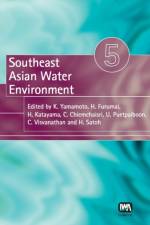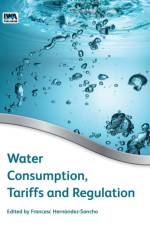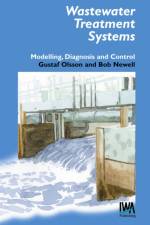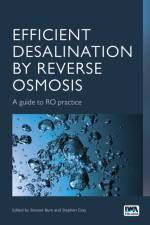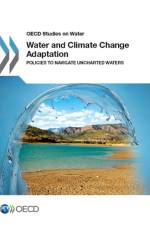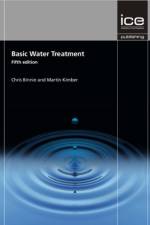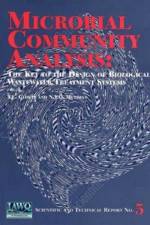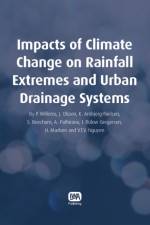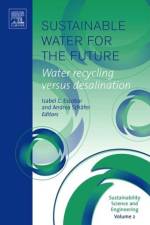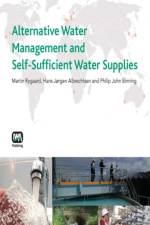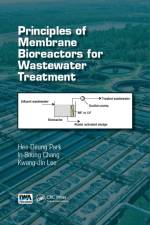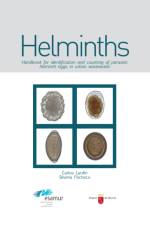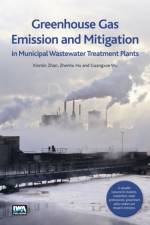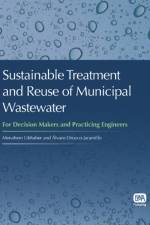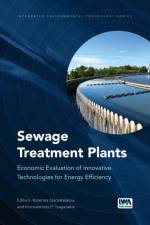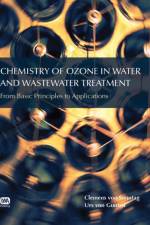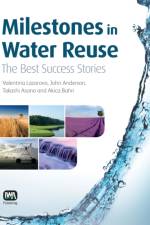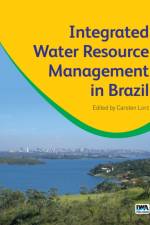av Gustaf Olsson & B. Newell
2 125,-
This is a book for those operating and studying biological wastewater treatment plants. It introduces the state-of-the-art in process systems analysis (modelling and simulation, monitoring and diagnosis, process control and instrumentation) and in particular its application to wastewater treatment. While the emphasis is on biological nutrient removal, there is discussion of anaerobic treatment, and the principles apply to any treatment process. For the computer literate there is also a collection of MATLAB programs and functions that are mentioned throughout the book. They will run on both the professional and student editions of MATLAB Version 5. Contents Modelling Plant Dynamics, Basic Modelling, Advanced Modelling Empirical or Black-Box Models, Experiments and Data Screening, Principles of Parameter Estimation, Fitting and Validating Models, Simulators Diagnosis Diagnosis - an Introduction, Quality Management, Model Based Diagnosis, Knowledge Based Systems Control Goals and Strategies, Disturbances Manipulated Variables, Feedback Control, Model Based Control, Batch Plant Control, Plant Wide Control, Benefit Studies Instrumentation Primary Sensors, Analysers Actuators and Controllers The Future

